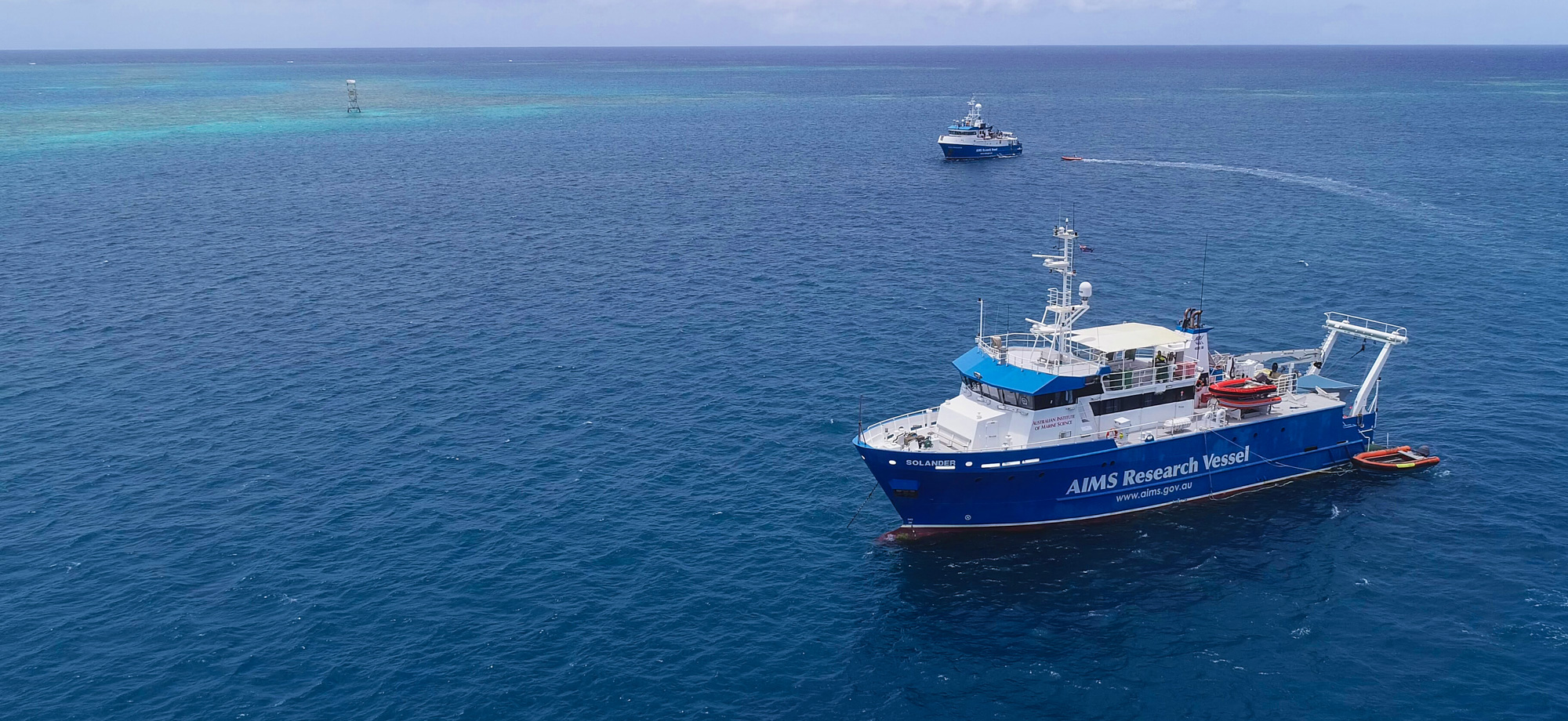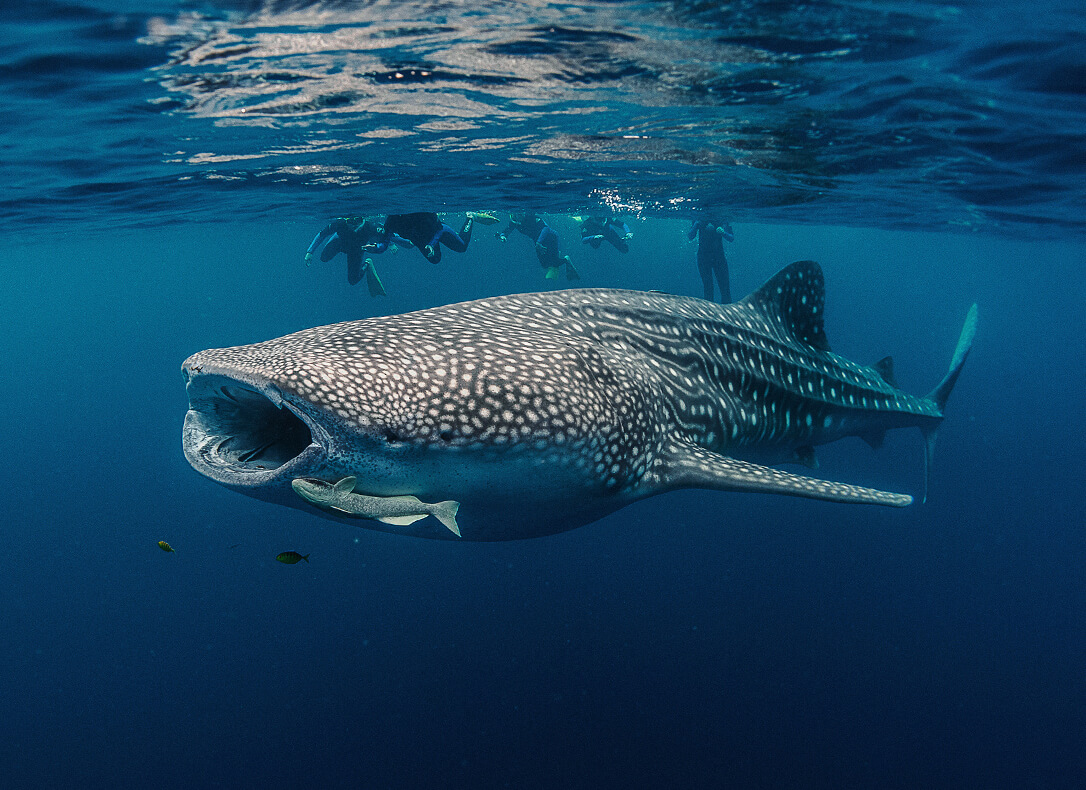09 Work Energy Theorem and Conservation of Energy
Learning Outcomes
- Solve problems involving work and energy in marine contexts; and
- Solve problems involving conservation of mechanical energy
Work-Energy Theorem and Conservation of Mechanical Energy
Introduction
Energy is a key concept in both physics and biology, describing the ability to do work. When we examine how forces act on objects and how energy changes, we uncover deeper insights into how physical processes function. Two important principles that help us understand these changes are the work-energy theorem and the conservation of mechanical energy.
These principles are crucial in fields like marine biology, where understanding energy transfer and movement through water, as well as the mechanics of marine organisms, helps scientists make sense of natural phenomena.
Work-Energy Theorem
The work-energy theorem states that the work done on an object by the net force acting on it is equal to the change in its kinetic energy. In mathematical form:
Wnet = ΔKE = KEf − KEi
Where:
- Wnet is the net work done,
- KEf is the final kinetic energy,
- KEi is the initial kinetic energy.
Conservation of Mechanical Energy
The conservation of mechanical energy states that the total mechanical energy (the sum of kinetic energy and potential energy) in a system remains constant as long as no external forces, like friction or air resistance, do work on the system. In a closed system:
KEi + PEi = KEf + PEf
Where:
- KE is kinetic energy,
- PE is potential energy.
In marine biology, understanding this principle helps us study how marine animals move efficiently, how energy is conserved when they dive or surface, and how forces in the ocean interact with their movements.
Sample Problem 1: Work-Energy Theorem in Marine Navigation
A 1,000 kg boat accelerates from rest to a speed of 5 m/s over a distance of 200 meters. Calculate the net work done on the boat using the work-energy theorem.
Given:
Mass of the boat, m = 1,000 kg
Initial velocity, vo = 0 m/s
Final velocity, v = 5 m/s
Distance traveled, d = 200 m
Find: W
Solution
1. First, calculate the initial and final kinetic energy:
KEi = (1/2)mvo2 =(1/2) × 1,000 kg × 0 m/s)2 = 0 J
KEf = (1/2)mvf2 = (1/2) × 1,000 kg × (5 m/s)2 = 12,500J
2. Now, apply the work-energy theorem to calculate the net work:
Wnet = KEf − KEi = 12,500 J − 0 J = 12,500 J
The net work done on the boat is 12,500 joules.
Sample Problem 2: Conservation of Mechanical Energy in a Diving Dolphin
A dolphin, weighing 200 kg, dives from a height of 5 meters into the water. Neglecting water resistance and other non-conservative forces, calculate its speed when it reaches the water's surface using conservation of mechanical energy.
Given:
Mass of the dolphin, m = 200 kg
Height, h = 5 m
Initial velocity, vo = 0 m/s (dolphin starts from rest)
Gravity, g = 9.8 m/s²
Find: v
Solution
1. Calculate the initial potential energy:
PEi = mgh = 200 kg × 9.8m/s² × 5m = 9,800J
2. Since the dolphin is at rest initially, its kinetic energy is:
KEi = 0 J
3. According to conservation of mechanical energy:
KEi + PEi = KEf + PEf
At the water’s surface, the dolphin has no height, so:
PEf = 0 J
4. Therefore, all the initial potential energy is converted to kinetic energy at the surface:
KEf = 9,800 J
5. Now, solve for the final velocity using the formula for kinetic energy:
KEf = (1/2)mv²
9,800 = (1/2) × 200 × v²
v² = (9,800 × 2)/ 200 = 98
v = √(98) ≈ 9.9m/s
The dolphin’s speed when it reaches the water's surface is approximately 9.9 m/s.
Practice Problems
- A 600 kg sea turtle swims at a speed of 2 m/s. If a net force of 500 N is applied to it for 10 meters, what will its final speed be? (Hint: Use the work-energy theorem.)
- A 25 kg research buoy is released from rest and accelerates upward due to a buoyant force. After traveling 15 meters, the buoy reaches a velocity of 2.5 m/s. Calculate the work done by the buoyant force on the buoy.
- A 10 kg marine sensor is dropped into the ocean from rest and experiences a constant upward buoyant force. After traveling 20 meters, the sensor reaches a velocity of 3 m/s3 \, \text{m/s}3m/s. Calculate the net work done on the sensor.
- A whale shark is tagged with a 5 kg tracking device that sinks slowly at first due to drag but is then pulled upwards by the buoyant force. If the tag starts from rest and reaches a velocity of 1.2 m/s1.2 \, \text{m/s}1.2m/s after traveling 10 meters upwards, calculate the work done by the buoyant force.
- A marine researcher drops a 10 kg device from a boat into the water 15 meters below. Assuming no energy is lost to water resistance, how fast will the device be moving when it hits the water?
- A winch lifts a 200 kg underwater research device from a depth of 30 meters to the surface. How much work is required to bring the device to the surface? (Hint: Consider the potential energy change.)
- A 20 kg buoyant research instrument is released from a depth of 15 meters underwater. If we assume no drag, calculate the velocity of the instrument just as it reaches the surface. The gravitational acceleration is 9.8 m/s2, and the water density allows the object to accelerate upward without sinking.
- A marine biologist weighing 700 N dives from a boat into the ocean. If the diver starts from a height of 10 meters above the water and reaches a speed of 9 m/s just before hitting the water, calculate how much energy is lost due to drag (air resistance).
- A 1,500 kg whale shark starts swimming from a depth of 20 meters below the surface with an initial velocity of 1 m/s. Assuming no drag, what is the maximum height above the surface that the whale shark can reach before it stops due to gravitational force? The gravitational acceleration is 9.8m/s2.
The work-energy theorem and the conservation of mechanical energy are powerful tools for understanding how energy is transferred and conserved in the physical world. These concepts help marine biologists and engineers design better tools, understand the movements of marine organisms, and harness ocean energy for human use. By mastering these principles, you will gain deeper insights into both marine biology and physics, enabling you to solve real-world problems in ocean ecosystems.





.png)
.png)
.png)
Comments
Post a Comment